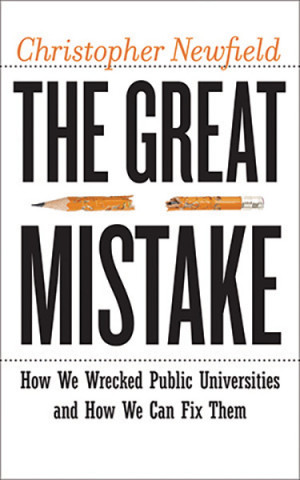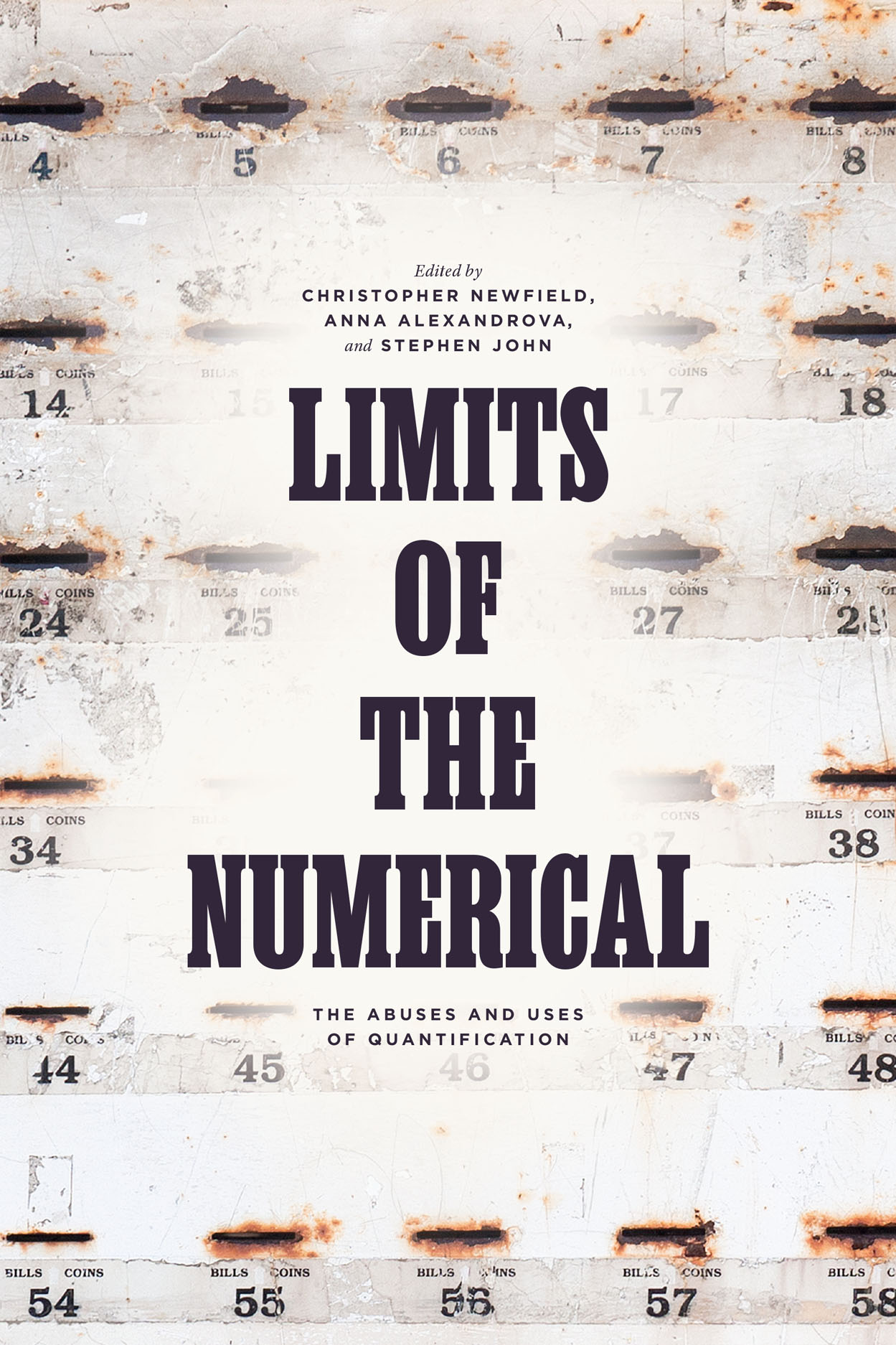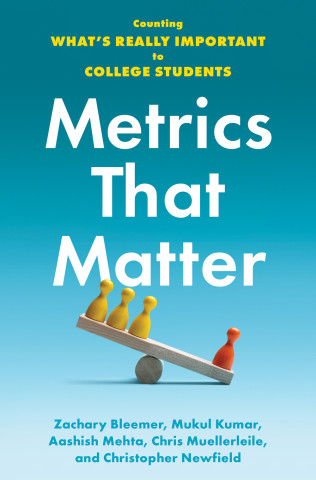by Rei Terada, Professor of Comparative Literature, UC Irvine
UCOF'S EDUCATION & CURRICULUM RECOMMENDATIONS: LESS FOR MORE
The proposals offered by UCOF this week quite literally ask students to pay more for less instruction. How to get them to pay more is covered under the funding recommendations; how the UC might deliver less instruction is covered in the section called “Education and Curriculum,” which will be my focus below. I’ll try to give an analytic summary of this 25-page section (pp. 29-54), as well as to suggest some larger concerns that emerge from its reading.
(1) The first set of Education and Curriculum recommendations (pp. 29-35)suggests moving students through degrees faster, for example by raising average credit loads, changing or “streamlining” requirements, and increasing summer and cross-campus enrollment. This set of proposals includes possibilities that could benefit students by facilitating graduation; transfer credit, for example, might be treated less bureaucratically, and major requirements could become more practical to fulfill. In a system so revised, however, students may also have less leeway about when to take courses, tighter add and drop deadlines, and more regimented courses of study. Further, another goal is to get them to graduate with fewer UC courses all together, through increased use of AP, high school, and community college credits and by lowering the total number of units students may take. In an obvious sense, a three-year B.A. gives less UC experience to the student even as fees are desired to rise.
In addition, the UC courses students do take would be less likely to be taught by ladder faculty. For the recommendations wish to “make more effective use of faculty resources” (29), or, bluntly put, to pay less to get courses taught. The working group suggests “extend[ing] the use made of research grant funding to buy out ladder faculty from instruction” while deploying lower-paid lecturers and graduate students to “backfill” the gap (29). In this all-too-appropriate construction metaphor, ladder faculty are removed by excavation, while lecturers and TAs are the gravel you scrape back into the hole. The “fiscal implication” of these recommendations for “the state and the University” is to “reduce the cost per degree . . . by efficient use of campus facilities and instructional personnel” (31), and the long-term “implementation method” that corresponds to this suggestion is: “consider changes in mix/type of faculty deployed to various courses” (32). So, savings are realized by channeling students and faculty into non-UC courses, summer sessions in which ladder faculty are paid less per course than in the regular academic year, and by using cheaper labor. The supposed benefit to students is that by graduating earlier, they will “have the opportunity to reduce their total costs”--costs that need reduction because the Regents are raising them even while continuing to lower the cost of the instruction they are receiving.
It's well-known that instruction is the only part of the UC budget, in distinction to capital and administration, where expenditures have been on a downward course. On the educational level, to ignore the implications of “changes in mix” of teaching staff is to refuse to recognize that top universities maintain their reputations by maintaining students’ access to tenure-track faculty. On the level of labor relations, graduating students on the basis of fewer courses necessarily reduces the ranks of ladder faculty, not just while they’re off doing research but structurally and permanently. The ladder faculty’s ability to shape the UC would be eroded by emphasis on lower-paid temporary staff and graduate students who are not voting members of the Academic Senate and are excluded from the job security and governance rights of regular faculty. And that in turn would make it easier to accomplish further corporatization.
(2) The second set of Education and Curriculum recommendations (pp. 36-39) advises the UC to “continue timely exploration of online instruction in the undergraduate curriculum, as well as in self-supporting graduate degrees and Extension programs” (36). This recommendation is linked directly to the first set in that online instruction would facilitate cross-campus, high school, and community college enrollment in UC courses and hence students' graduation with fewer UC courses. In addition, lucrative post-baccalaureate degrees offered online could “generat[e] revenues that support the University’s educational mission” (38; online courses are already offered, for example, by UCLA Extension). The possible impact of expanded online instruction on student access to faculty and on the faculty as a labor force is plain enough. The recommendation is presented somewhat gingerly, in the consciousness that people are likely to regard online instruction as inferior. The working group therefore stresses that the pilot project of 40 online courses currently being coordinated by the Office of the President be treated as a chance to evaluate the quality of online courses (36; while this is not the place for a discussion of the social science of educational assessment, what constitutes valid assessment is clearly an issue). In this section “Faculty concerns, e.g., about academic quality, workload, ongoing institutional support, intellectual property rights,” are acknowledged in a single line. Students' desires for personal relationships with their teachers and fellow students and concern for the university as a community are not mentioned among the “challenges” the online education proposal faces.
(3) The third recommendation is to “expand use of self-supporting and part-time programs” (40) including UC Extension and professional M.A. programs, with a focus on “high demand disciplines” for which students are willing to pay top dollar. The third recommendation therefore echoes part of the second, in which online instruction is envisioned to be an appropriate venue for “self-supporting” programs. Many such programs already exist in the UC--in business, engineering, health sciences, and information science programs, for example. In addition to non-degree, certificate, and professional M.A. programs, a new part-time B.A. in “one or two general, interdisciplinary majors” is also contemplated. Again, these programs are imagined to be staffed in part by cheaper TA labor (41), and while additional TAships would help graduate students in the short run, substituting TA labor for faculty labor in a large program also reduces the ranks of faculty and so shrinks the employment prospects of those same graduate students.
The part-time B.A. introduces a topic worthy of discussion--increased access for nontraditional students--but in troubling ways. Instead of furnishing nontraditional students with the full range of educational and research possibilities, it offers "general” degrees, even though the “admission criteria would be the same as current transfer requirements” (41). So even though this new body of part-time students would be as qualified as other UC transfers, it would be offered a reduced range of degree possibilities in return for fees “most likely . . . approaching non-resident tuition level” (41; my italics). The “underserved population” mentioned as an example is the “26% of the adult population” in L.A. County with “some college” (40). Now, the median income of that group is about $36,000 a year. Non-resident tuition is recommended to increase from $33,181 in 2010-11 to $36,027 in 2015-16 (89). Thus before financial aid, the “underserved” (but equally qualified) student who needs a part-time degree because she must keep working (p. 40) is here imagined to be the exemplary recipient of a reduced-option B.A. whose annual fee is equal to her annual income.
The working group adds that “these programs can be designed to return a portion of the fees to financial aid,” but also that “to the extent that self-supporting programs generate additional revenues for academic departments, this improves access for students in the regular programs” (41). That "extent" would be small if the new B.A.s were structured financially like existing Extension programs; current non-professional Extension revenue is “relatively small--generating modest amounts above program costs” (42). But Extension courses are nondegree programs and presumably less valuable. So it is not clear whether the part-time B.A. would also generate only modest revenue (if financial aid was significant), or would extract it from a target group with a median income of $36,000. No justification is ever given for why part-time students equivalent scholastically to transfer students should be excluded from the full range of degrees. None of the social inequities involved are mentioned among the “challenges” to the proposal (42).
(4) The fourth recommendation reads: “Develop a systemwide academic planning framework that incorporates campus goals within the context of priorities identified for the University as a whole” (46). A new way to coordinate planning systemwide might be useful, but it is not obvious what the working group envisions. An “assessment” program is part of it; would this be a standardized assessment of programs? How standardized? And used to what end by whom? The working group wishes to “establish and routinely update an integrated set of campus and system academic priorities” (48), but does not give a clue about how this would be done, who would articulate these priorities, and how the identification and articulation of priorities might involve the Academic Senate and other governance structures. As it stands, the specific disposal of budgets handed down to individual campuses, deans, and eventually units is left to the discretion of the local entities involved. The working group suggests that “budget cuts implemented by individual campuses during a year or two may not pose immediate risk to the systemwide academic profile, but the cumulative effect of such decisions over a longer period could be quite harmful” (48), and so suggests that a systemwide body wants some measure of control or oversight over how local entities distribute the budgets they are given. Local and centralized authorities may of course end up at odds, and it is not explained how conflicts would be resolved and what rights in the matter local entities would retain. An idea of “striking appropriate balance between campus/system interests” needs to say what balance is appropriate, and to confront the possibility that the interests of an entire campus could be de-emphasized from a central perspective. Instead, the working group introduces the notion of creating “an integrated set of campus and system academic priorities” without reference to the UC Master Plan or to existing long-range plans developed on each campus before the height of the global financial crisis.
Since the question of planning process emerges in this section, it's worth pointing out that in practice the procedural form that dominates the entire document is that of the special “task force”--innumerable “task forces” are proposed to further develop recommendations that are general to the point of being obscure. But task forces are highly problematic exceptions to the structure of university governance. They are smaller, appointed, often oligarchic bodies that shape topics, deciding what's worth discussing and what’s not worth discussing, before proposals get to the properly elected bodies that eventually consider them. Justified as time-saving and convenient, they too often save us from the inconveniences of a more democratic culture.
(5) Finally, although the recommendations on Education and Curriculum repeats throughout that proposals should be explored while maintaining “quality,” its final portion (pp. 49-54) demurs from explaining what “quality” means and instead “seeks UC input on its forthcoming recommendation on quality.” By deferring discussion of the criteria by which it knows its recommendations must be measured, the working group evades most consideration of the intellectual impact of its suggestions. The definition of quality devolves upon “metrics” yet to come (49), suggesting again that assessment methods may be a future area of contestation. Usefully, faculty are stated to be the arbiters of quality in their own fields. But the background document that comprises Appendix A to this last section, “Characteristics of UC Quality Courses, Majors and Programs” (52-54), operates at a level of generality that is unable to distinguish the University of California from any other college, and so does not bode well for the ability of current assessment procedures to provide directive criteria.
So far, I’ve been reading the UCOF recommendations on their own terms and following UCOF’s presentation, but in fact its terms and presentation are part of the problem. As Christopher Newfield noted in his post on Monday, the content of the UC’s educational mission is set aside instead of being developed so that budgetary thinking might be organized to meet its principles. As it stands, when the profitability of a recommendation is being pointed out, and the phrase “support the University’s educational mission” is tacked on--as in “generate revenues and create workload efficiencies that support the University’s educational mission” (36, 37)—the statement becomes entirely circular, since no mission is ever elaborated except the optimization of assets. The recommendations on Education and Curriculum are above all evasive. They remarkably omit any consideration of connections between educational programs except when advocating the elimination of redundancy. Faculty opinions tend to be referenced under “challenges,” as they are called when the working group is afraid of faculty objections. Students' views of education and hopes for the UC are literally never mentioned, as though they did not exist. As it stands, even the financial advantage for instruction of the recommendations is obscure, because although it’s noted in several places that lucrative programs can help to fund less profitable ones, it is never said that they should. The document’s studiously impoverished account of what public education might be implies that a genuine account is somehow irrelevant. Its refusal to be articulate is so pervasive that it becomes the main message: the vision is that there should be no vision, and that no one should even have to say so.
Two
11 hours ago




3 comments:
Nice analysis. Guess it's back to Charlie Schwartz's appeal that discussions of UC's future be conducted with a vocabulary addressing academics, not finance or business.
Is that too difficult? Or is the lack of interest in doing so an indication of a much more substantial administrative failure?
As you imply, this vision does not say substantially if at all how a public university should differ from a private one. Doing so could require a thorough revision of this document. If that's so, then this document could be practically irrelevant as it is.
Excellent posting in this blog and informative posts in education
All over the world universities
Join the Conversation
Note: Firefox is occasionally incompatible with our comments section. We apologize for the inconvenience.